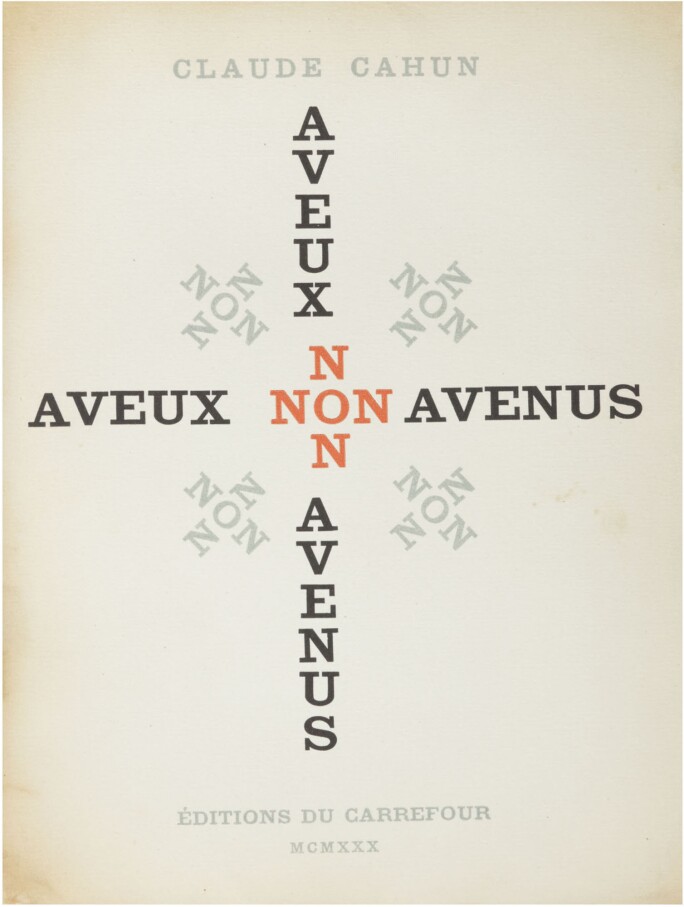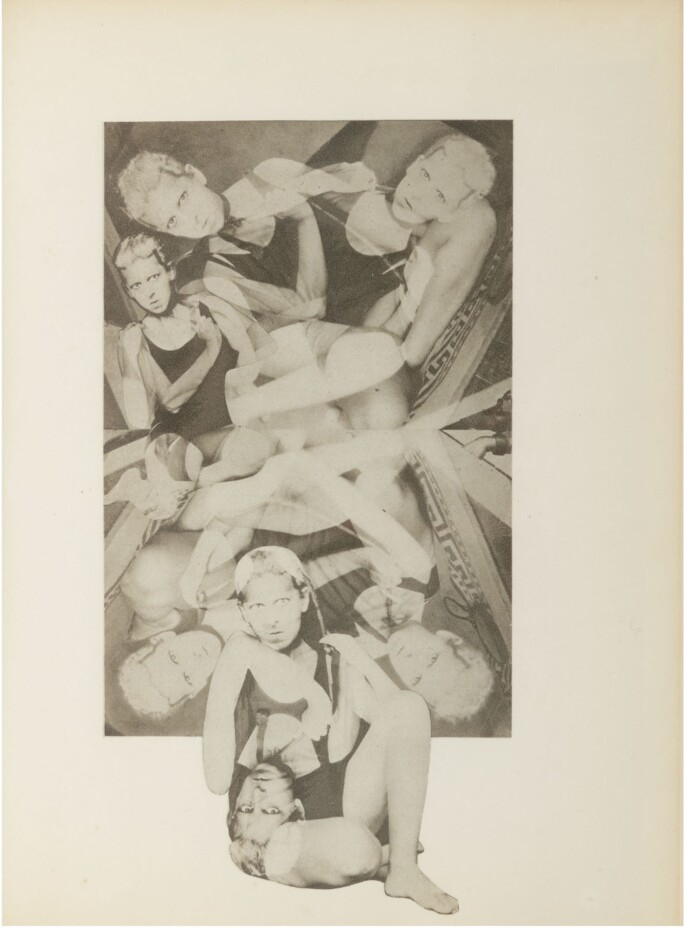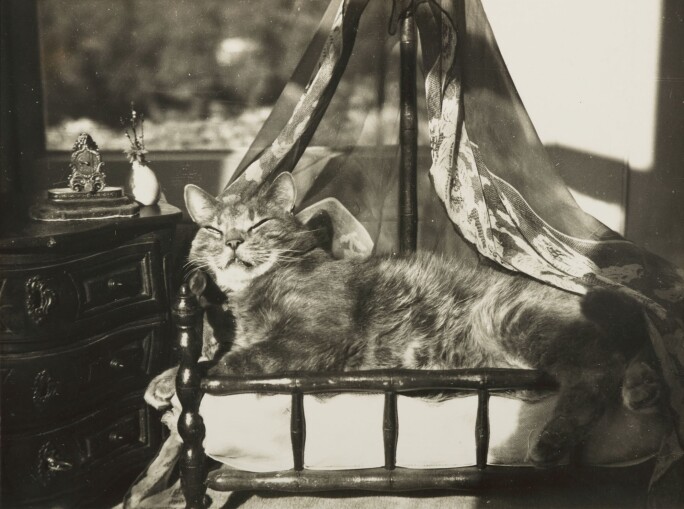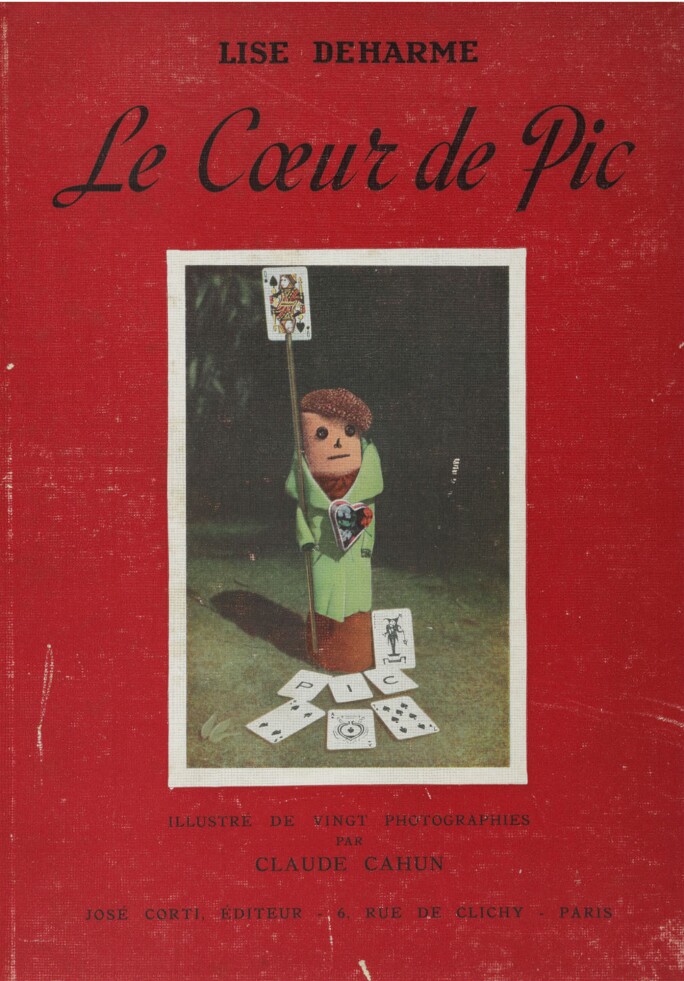"M asculine? Feminine? It depends on the situation. Neuter is the only gender that always suits me."
Claude Cahun, née Lucy Schwob, penned these words in Aveux non avenus (Unavowed Confessions), a collection of essays and dream records published in Paris, 1930.
Nearly 90 years ago, such a proclamation was more than provocative, it was potentially perilous. Gender wasn't seen as a choice, as a costume to be thrown off at will – this was 40 years before David Bowie appeared on the cover of his The Man Who Sold the World album wearing a dress, 48 years before Judith Butler published "Performative Acts and Gender Constitution". Simply put, Cahun was a rebel before her time. And through her bravery and fearlessness in defying the rules, she cleared the way for others to see gender as something fluid, playful and performative.
Simply put, Cahun was a rebel before her time. And through her bravery and fearlessness in defying the rules, she cleared the way for others to see gender as something fluid, playful and performative.
Much has been written in recent years about Cahun's writing, sculpture and photography, as well as her step-sister and companion Marcel Moore (Suzanne Malherbe). In particular, the remarkable collaborative photomontages of Cahun and Moore stand out. Aveux non avenus includes 10 remarkable, captivating heliogravures by Moore after projects by Cahun, which explore ideas of gender, sexuality and the viewer's expectant gaze.
But Cahun and Moore were rebellious in more ways than one. Cahun's in-depth obituary, recently published by The New York Times as part of their "Overlooked No More" series, details sabotage which the pair orchestrated against Nazi forces in France during WWII. From their home in Jersey, Cahun and Moore wrote short messages meant to convince German soldiers to defect; they'd slip the notes discreetly into pockets of uniforms at the laundry. They carried out this effort in spite of the supreme risk: besides the fact that Cahun was Jewish, their actions were punishable by imprisonment or death. Eventually, they were indeed caught and sentenced to death – but despite everything, the pair survived through the end of the war.
Today, the legacy of Cahun and Moore's art, protests and nuanced approach to gender and sexuality gender garners a cult-following among artists and activists alike. BENT. features three remarkable examples of Cahun's work: a first edition of Aveux non avenus, inscribed by Cahun on the half-title to poet Jean Ryeul (Maurice Voirand); a bewitching photograph La Chambre du Chat; and Le Coeur de Pic, which features 20 black-and-white photographs by Cahun.
Register now to bid on these works in the upcoming auction on 27 June.







